Step-By-Step Guide On Finding Your Facebook Target Audience [Case Study]
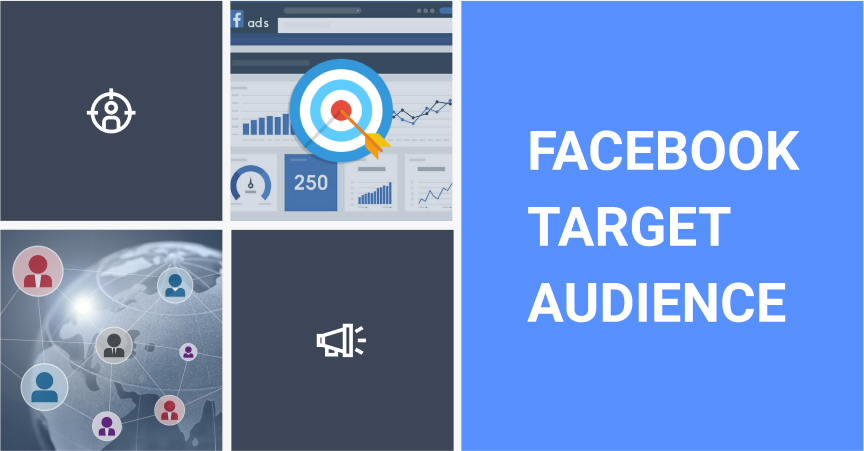
When advertising, it’s hugely important to whom you advertise. If somebody doesn’t care about your product, making them buy it is almost impossible. In this case study, I will show you how the AliDropship team finds Facebook target audience for advertising.
Facebook advertising is an essential part of promotion strategies used by small and large businesses alike. Besides, by advertising products and services on Facebook, you also target people on Instagram since both platforms belong to the same company. It can be very efficient – that is if you successfully define your target audience.
A lot of entrepreneurs fail to attract customers when advertising on Facebook, although the product seems popular and affordable. It’s just that people don’t click on your ad!
In most cases, it happens because you target the wrong audience. People belonging to different ages, genders, cultures and having different income levels and interests demonstrate different purchasing behaviors. And your job is to identify these patterns.
In this article, I am going to show you a simple method used by the AliDropship team to find the right Facebook target audience when they advertise products from our own dropshipping stores.
AliDropship’s most successful dropshipping websites become our Premium Stores. If you want a fast and relatively effortless start in dropshipping, you can purchase one of them to get an exact copy of a successful business.
Keep reading to learn how to target Facebook users with ads in 5 simple steps. But first, let’s talk about the types of Facebook audiences you can target.
Types of Facebook audiences
Audiences based on Facebook interests
You could say this is the standard, default option for any newly created ad campaign on Facebook. After creating such audiences, one can save them for further use. That’s why you can also call them saved audiences.
Here, instead of targeting every single user on FB, you set a number of demographic parameters such as location, age range, gender, and language. But the most important part is the detailed targeting. This menu lets you reach people with very specific demographics, interests and behavior. Click on ‘Browse’ to see all the options if you’re not sure what interests to target.
These options are great for both testing new, unfamiliar niches or products and for targeting pre-tested audiences. In this cases study, our team used this type of audience. But at later phases of promotion, they utilize other audiences as well.
Custom audiences
When you create a saved audience, you target unknown users that share common traits. Custom audiences consist of people who have already interacted with your business either on your Facebook page or your website. These are actual people who have visited your website, or a particular page, or watched one of your video posts, etc.
To create a custom audience based on the data from your website or another source, you will need to setup a pixel.
Here you can further customize these audiences to pick certain people from the overall pool of users. For example, instead of targeting every site visitor, you can pick only those who visited a specific product page or added a product to the cart. Or those who watched 95% of your video posts, like in the screenshot.
In the retention section, you can set the time period when the event happened. For example, if you set it to 30 days, Facebook will include in the audience those users who performed the action not earlier than 30 days ago. As a rule, ‘recent’ users convert much better than somebody who performed the same action 120 or 360 days ago.
Lookalike audiences
This is another type of Facebook audiences based on pixel data. Lookalikes are generated by Facebook based on a custom audience. The social media’s AI analyzes a custom audience and then finds Facebook users with similar traits, behaviors, demographics, etc.
For example, if you have a custom audience of 2,000 people who watched 95% of your video ad, you can create a lookalike and reach a very similar audience that consists of millions of potential buyers!
When setting up a lookalike, you can customize the location (where users reside) and the audience size.
In the audience size section, you will see a percentage scale. This parameter reflects how similar to the original custom audience the lookalike will be. So, if you set it to 0-1%, Facebook will try to find users as similar to the original audience as possible. If you set it to 9-10%, Facebook can also include in the lookalike a certain number of users who are somehow different from the original audience.
And it’s not necessarily better or worse. Sometimes 0-1% indeed show more interest in your product and convert better. Sometimes you find the most successful audience size somewhere in the middle.
To experiment with sizes, one can set the number of lookalike audiences. In the screenshot, we have 5 audiences with the same number of users but different degrees of similarity. This configuration will let us test each of them and find the best-performing one.
Special Ad audiences
Such ads are used in employment, housing, credit, and similar spheres. Special Ad audiences work the same way as lookalikes. But to avoid discrimination of any sort, Facebook doesn’t allow you to target specific ages, or genders, or zip codes, etc.
So, businesses selling goods usually don’t use Special Ad audiences.
How to target the right audience on Facebook?
Now, let’s talk about how our team analyzes potential buyers and finds audiences on Facebook. In this case, our team advertised an avocado plush toy.
You may remember this cutie from the article on how to create an attractive product page in which I mentioned it. Well, this time it’s going to become the central character of the story!
The team started from scratch and invested $1,727.19 in a range of Facebook campaigns. The revenue equaled $2,264 which is not bad for starters considering the team had little idea on who can be interested in this product.
Don’t get scared by the numbers. You don’t have to run experimental campaigns for as long as AliDropship does nor spend as much money as the team.
But let’s get back to our guide. After you have chosen a product to advertise and installed the Facebook pixel, this is what you do.
Step #1: Look for similar ads/products
Of course, you can try to guess who your potential customers are and what they like. Nobody says it’s impossible. But Facebook audience targeting should be based on solid facts rather than on speculations.
Therefore, finding your Facebook target audience starts with looking at what other entrepreneurs create.
The team uses AdSpy to find products similar to what we are going to promote that are being advertised by others on Facebook and Instagram. Moreover, the database can show you ads created by dropshipping businesses.
You can learn more about AdSpy from our article on how to find the best ecommerce products for dropshipping.
Here are some ads the team found.
As you can see, the posts advertise the same or very similar plush toys. Just what we need! It’s also a good idea to look for the same product on Amazon.
Step #2: Read user comments and reviews
The whole purpose of this is to find and read customer reviews and comments. As you know, people just love expressing their opinions and feelings on social networks, but they actually do that on Amazon too. If you’re looking for detailed customer feedback, just go to Amazon.
Important note! People from different countries may like different things about the same product. Therefore, always analyze buyers from those countries you are going to dropship to. If you want to sell globally, simply target buyers from developed countries such as the US, Canada, Australia, the UK, etc.
Your goal here is to play a detective and try to figure out what all the buyers have in common. For efficient Facebook audience targeting, one needs to know what exactly buyers like about the product.
Here are some reviews we found there.
We also found a number of detailed reviews on Facebook ads mentioned above, but Amazon is usually much more informative.
These are just several examples, but the point is all these buyers like how cute the toy is. Before the team started this analysis, they actually wanted to target people who like plush toys. But after reading these reviews, they began to have second thoughts.
It means one needs more information on actual buyers of this product to pick the right Facebook target audience. Which leads us back to Facebook.
Step #3: Analyze Facebook users’ accounts
This time, we’re looking for what people, who commented on the ad posts we found earlier, like. Nowadays a Facebook page can give you more information than the CIA! So pick random users from the countries you want to dropship to and check what they post and what they like.
Checking 20-30 people is usually enough.
The most important part is to take a look at what groups they follow as it shows what kind of content they want to consume. Here’s what the team found on one of the accounts:
And here’s another user with even more groups related to the product we want to advertise:
As you can see, none of them show interest in plush toys. So targeting an audience with the corresponding interest would probably be a mistake. What they really like are cartoons and anime, which brings us back to “cute” stuff that the team set as audience’s interests.
They actually tested a number of other interests just to make sure. However, as you will see later, anime was one of the audience’s most explicit interests after all.
Step #4: Test the waters
Our Facebook audience targeting isn’t finished yet. First of all, we need to test the interests of our potential customers, but that’s not all.
When setting up a Facebook ad, targeting specific demographics is very important. The problem is you can’t target everyone! Actually, you can, but it’s going to be a waste of time and money.
For example, I can advertise dresses to all ages… and genders. I’m sure I’ll be able to find a couple of men who would buy a dress for whatever reason. But I’ll have to spend a lot of money for the sake of just one or two buyers.
Therefore, I need to know my Facebook target audience very well. On the other hand, as I said earlier, simple guessing will not work, which means we’ll have to test things!
From our previous analysis, we know that the potential buyers of the avocado toy like cute things, cartoons and anime. We also target people with a relatively high income level (living in developed countries). But what about their age and gender?
Unfortunately, the information we’ve gathered so far is not enough to come to a conclusion. Besides, if your product has very different variations, there’s no way you can predict which will get more views if placed in an ad.
Therefore, at this phase, the team had to target a wide audience. They ran the ad for a couple of days to gather more data and see how different segments of the audience reacted to the ad.
For example, the leading interests became “anime” and “avocado” while others showed unsatisfying results.
The team also tested genders and ages. After a few days, they noticed that people older than 34 showed little interest in the product. As for genders, they found no considerable difference.
Step #5: Redefine Facebook target audience
After getting the first results and seeing what demographics react to the ad better, you can redefine such parameters as gender, age, location, interests, etc. It’ll let you focus on a more responsive audience. This is the result we got after redefining the target audience:
There’s actually much more to say about how to target Facebook users with ads. This audience is pretty “cold” which means they have most likely never heard about the avocado toy. Some of them will get interested and even buy it, but some will just visit the product page and leave.
Ideally, you should retarget these people with more Facebook ads or follow-ups and create lookalike audiences on Facebook. That’s when you should start making real money. But this case study is an example of a simple way to define your initial target audience.
As a result, the team managed to earn about $537. It may seem not much, but don’t forget it was just research, so to speak. Now that we know what kind of people can buy this product, we can start advertising in full force.
The AliDropship team always experiments with advertising strategies to improve our own dropshipping websites. If you wish to make use of their experience, you can purchase one of AliDropship’s Premium Stores or become an owner of a unique Established Store along with all these marketing materials including Facebook target audiences.

tutorials and special offers from AliDropship
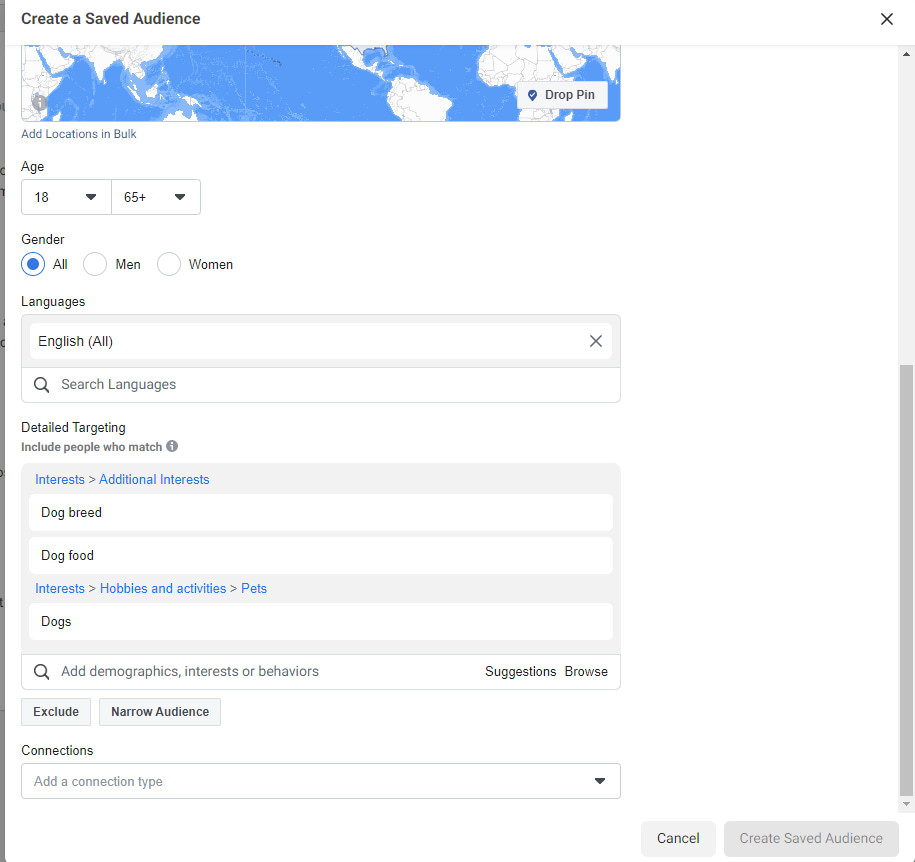
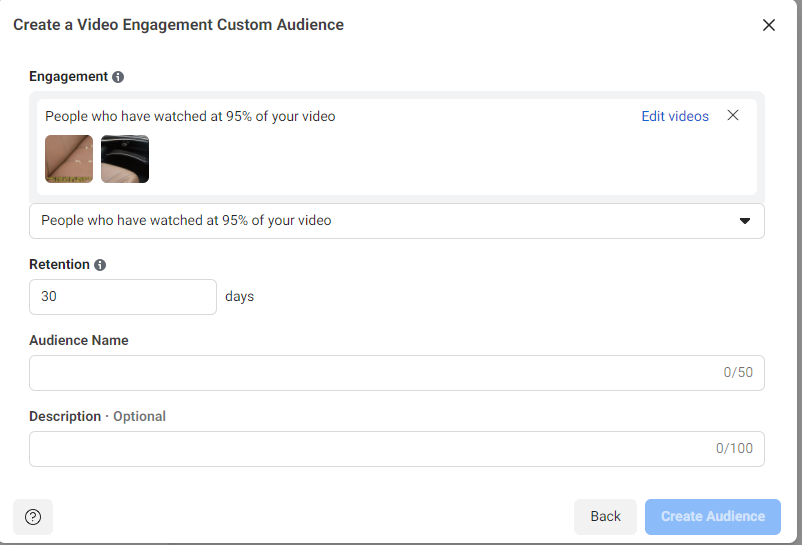
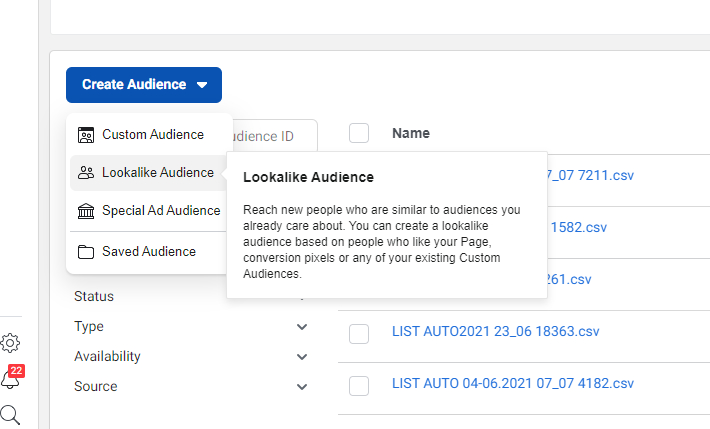
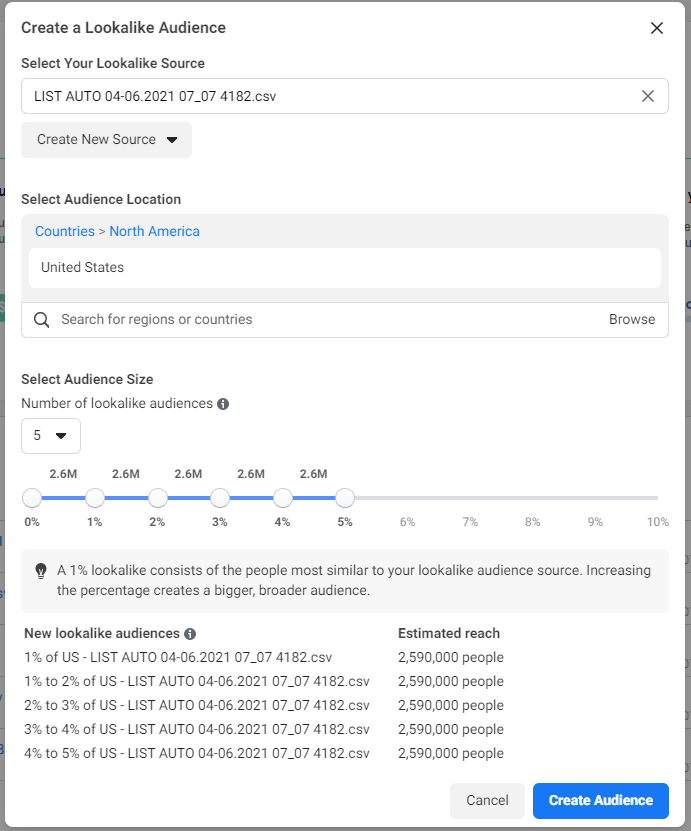
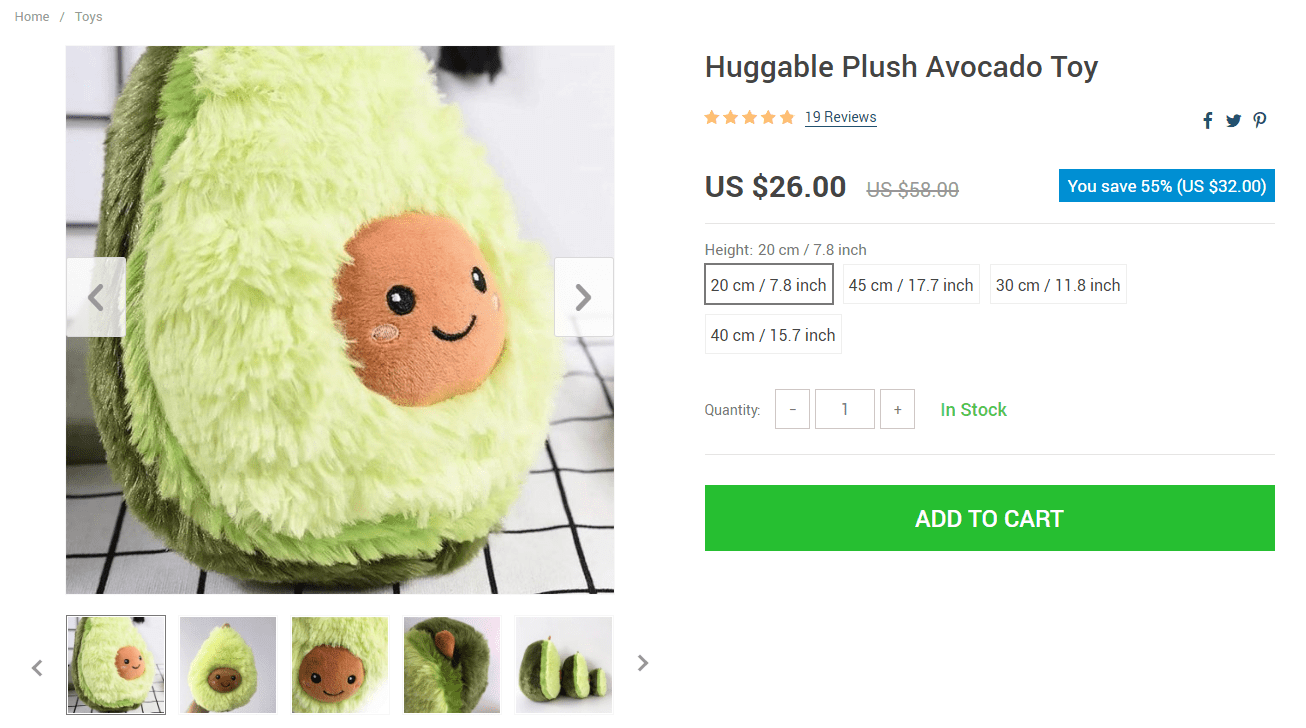

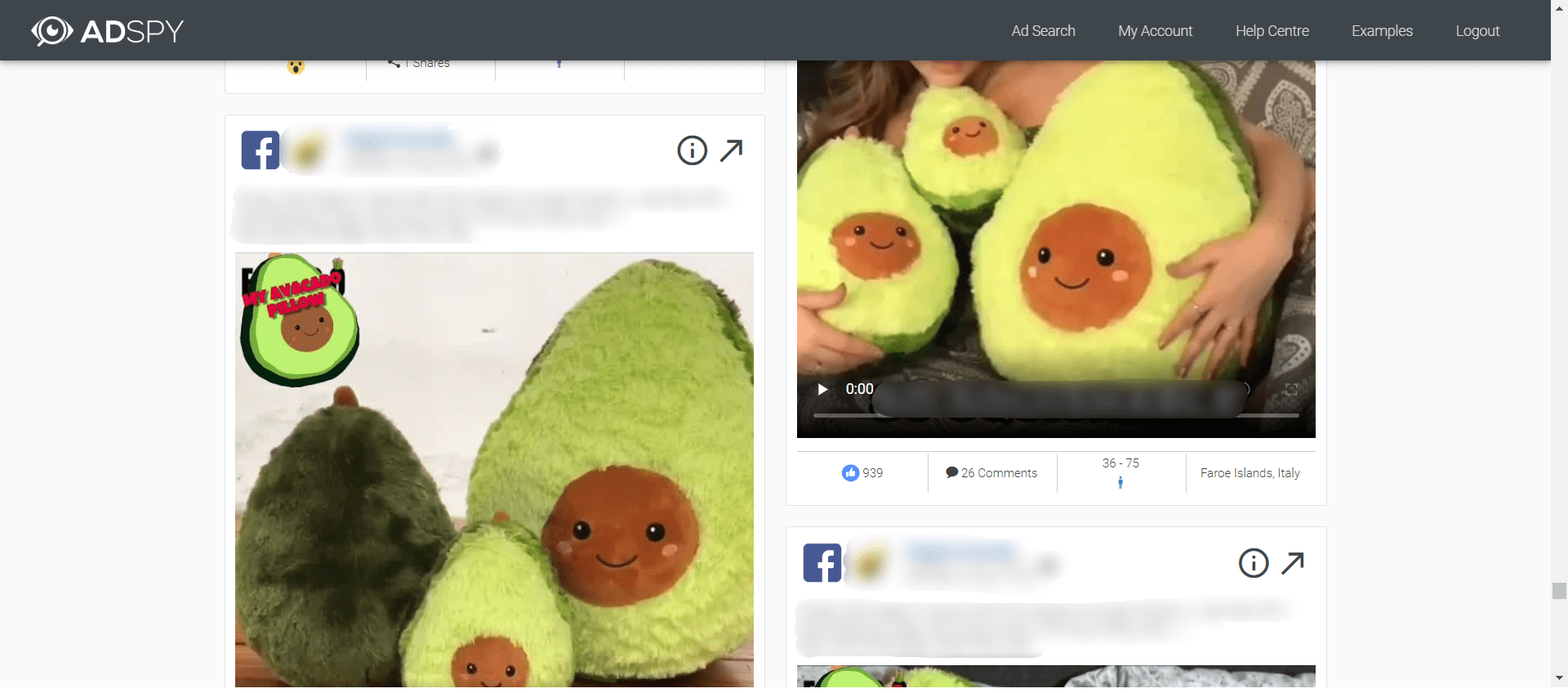
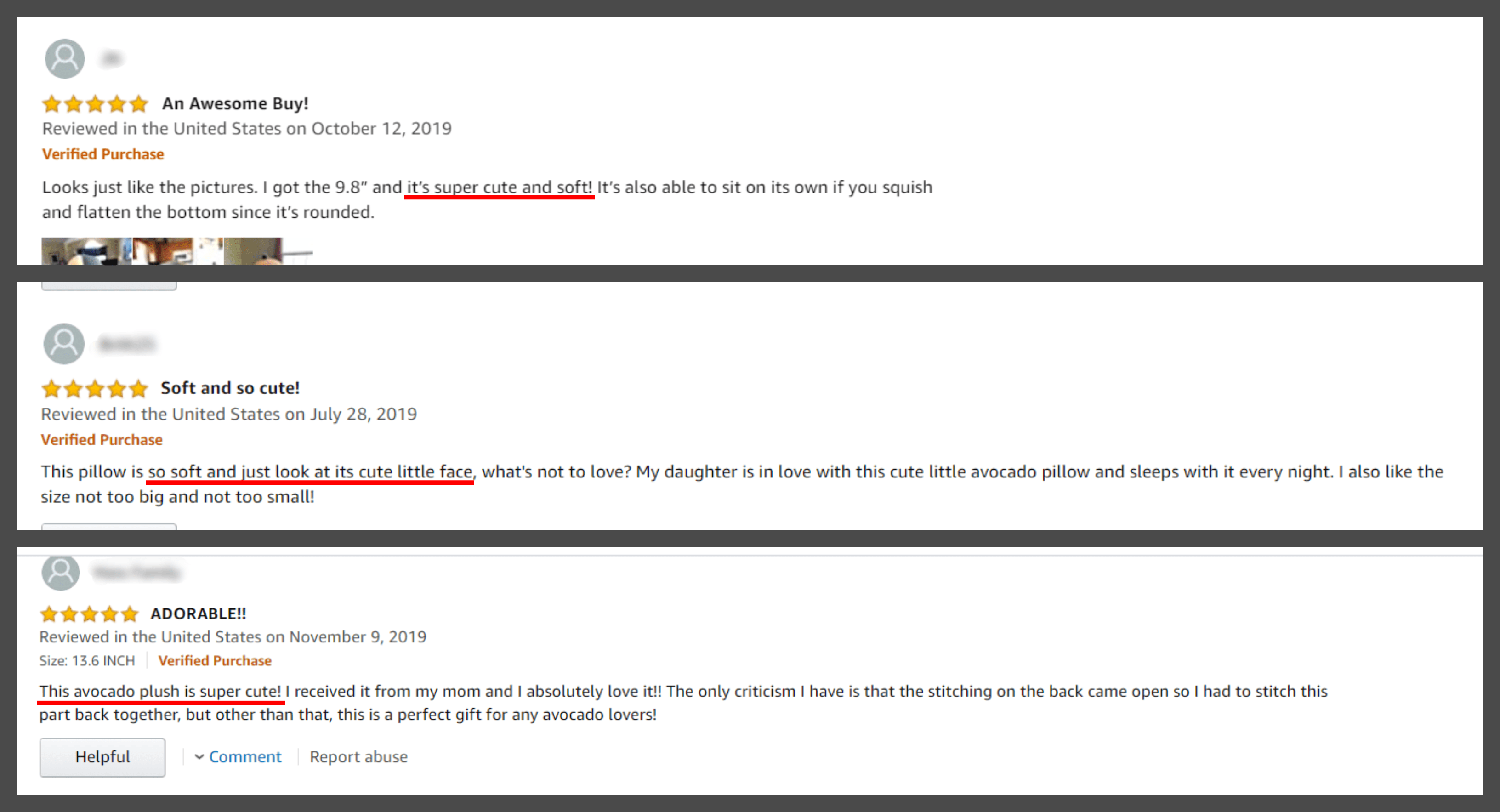
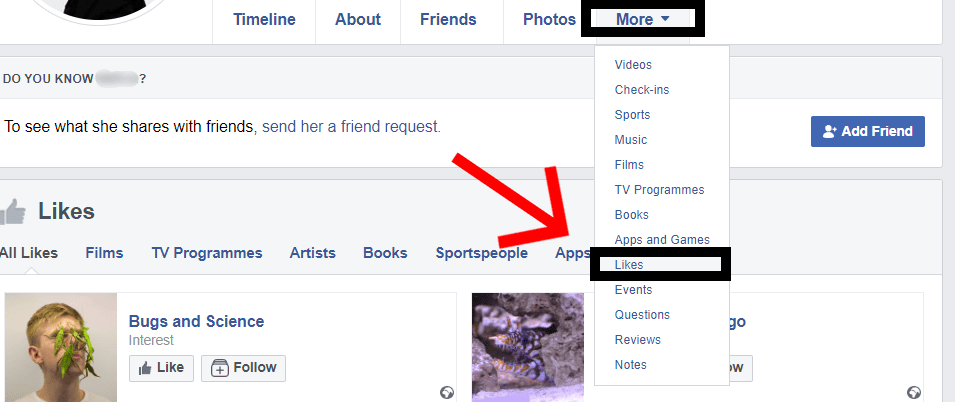
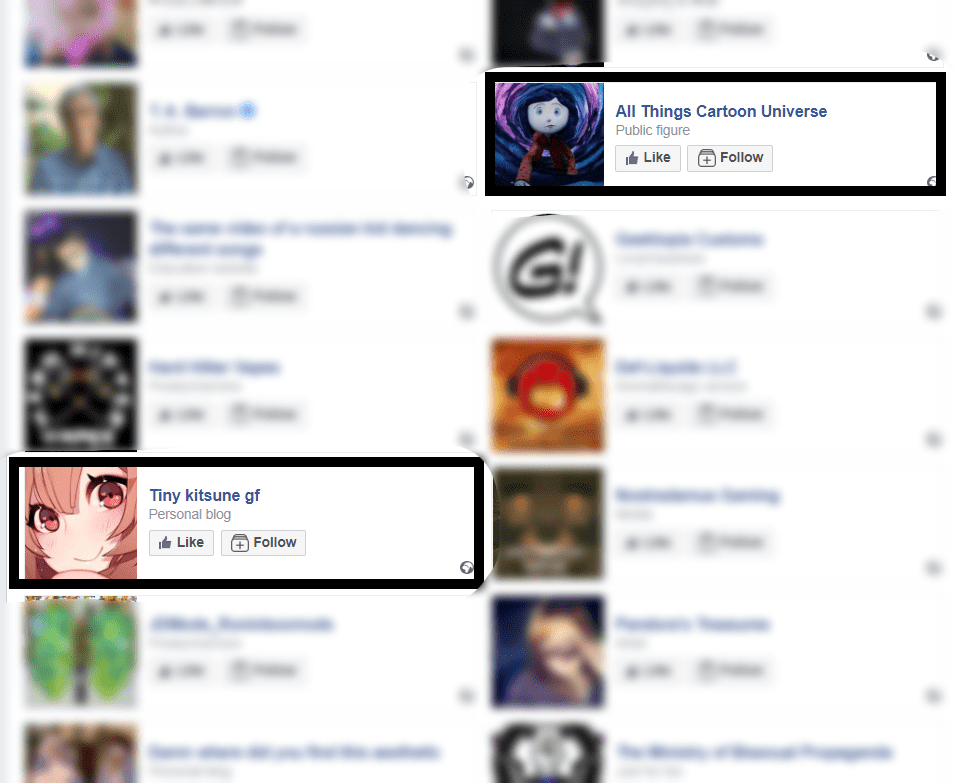
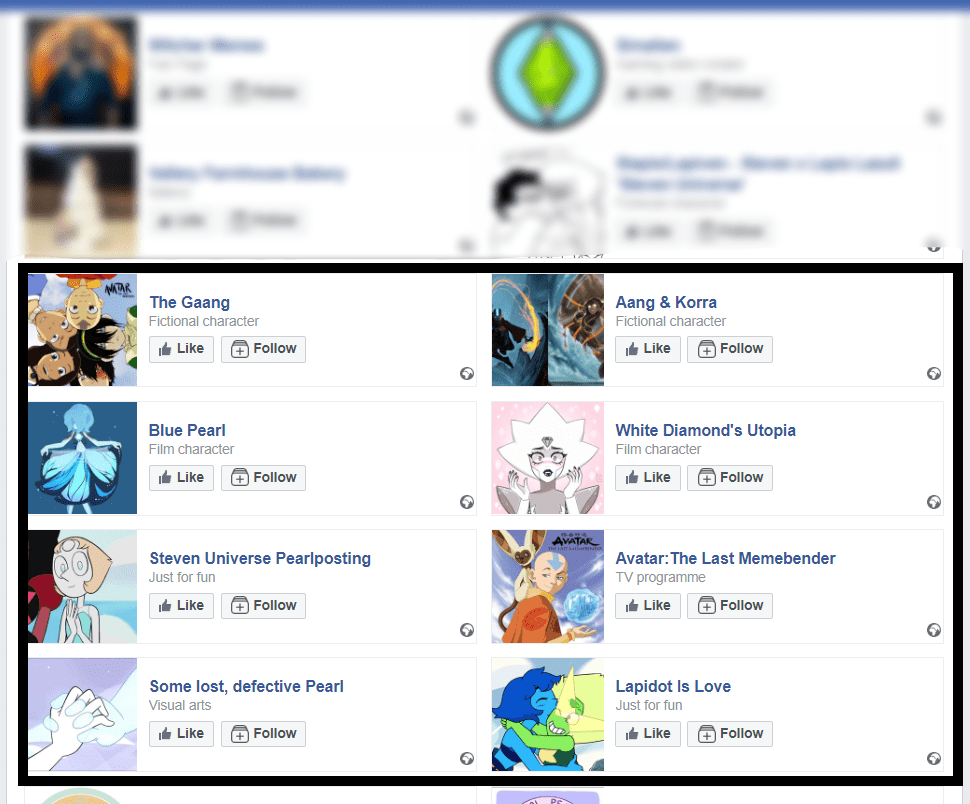
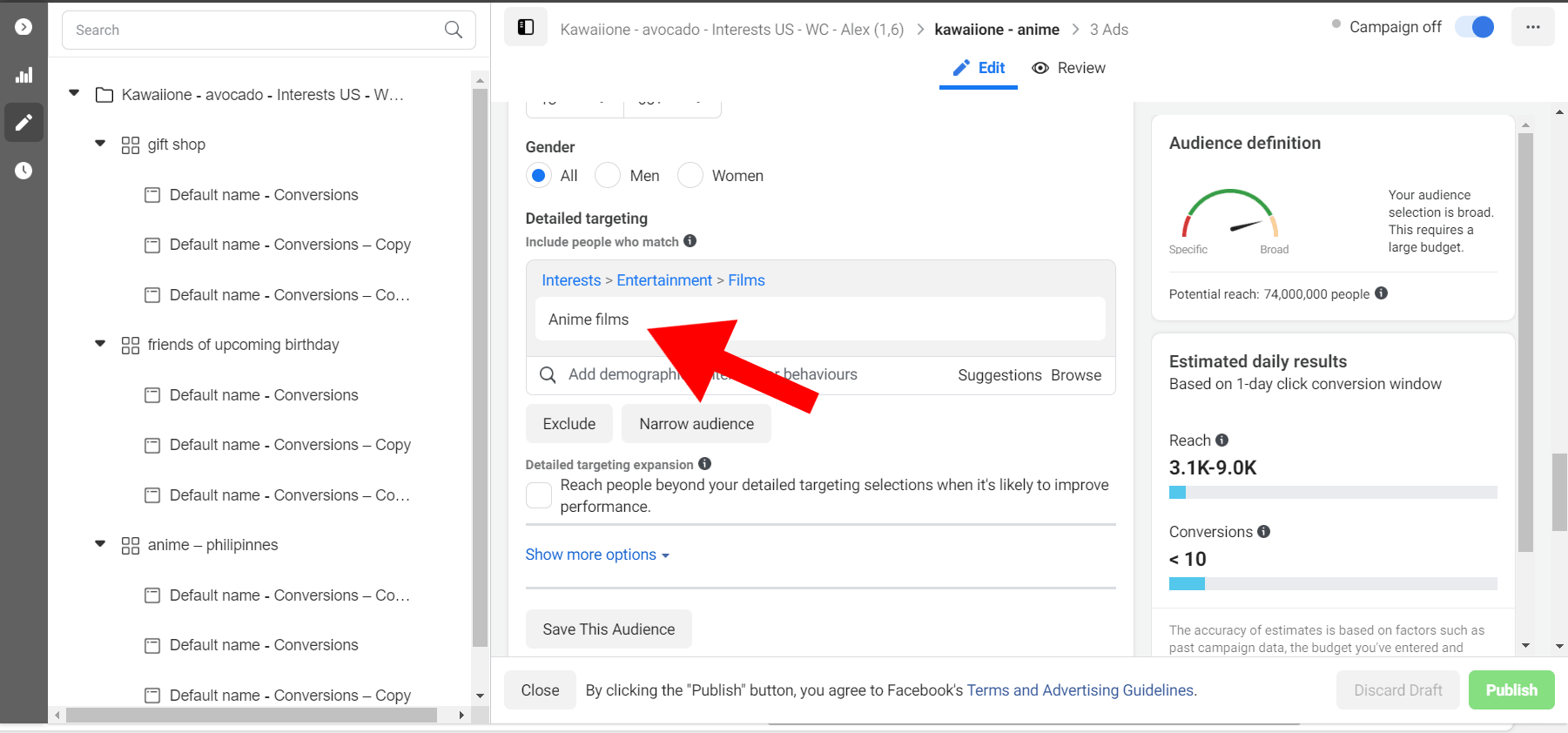
















Dear timur,
as a custom store owner how can i order all marketing materials including Facebook target audiences? Thanks.
Hi, Anisur!
Custom Stores are unique websites developed induvidually for each customer. Therefore, we simply do not have marketing materials similar to those we offer for Premium and Established shops. However, you may find useful one of AliDropship’s services – https://work10.alidropship.com/services/winning-product-ad-strategy/ The team will find a winning product for your store, create marketing materials and give you access to a marketing guide.
I really want to start this online selling but I dont have a laptop is it possible even tru an iphone?
Hi, lea.
I’m afraid you do need a laptop to start dropshipping.
Dear Timur Y
The most 2 problems I suffer from as a beginner on drop shipping are:
1- Writing attractive Facebook ads primary texts & headlines.
2- Targetting audiences with best interests which have a good potential to convert.
Could you give me some tips tom improve that as well as making attractive thumbnails?
Thank you.
Dear Adel,
Our team regularly publishes articles on how to promote your dropshipping business on Facebook. So, there will be more in future. As for now, I recommend reading these articles. Some of them cover the problems you mentioned:
https://work10.alidropship.com/facebook-interest-targeting-guide/ (How to find Facebook interests)
https://work10.alidropship.com/10-facebook-ad-mistakes/
https://work10.alidropship.com/facebook-ads-tips/
https://work10.alidropship.com/best-facebook-ads-examples/ (Successful Facebook ads examples)
https://work10.alidropship.com/facebook-video-thumbnail-tips/ (video thumbnails)